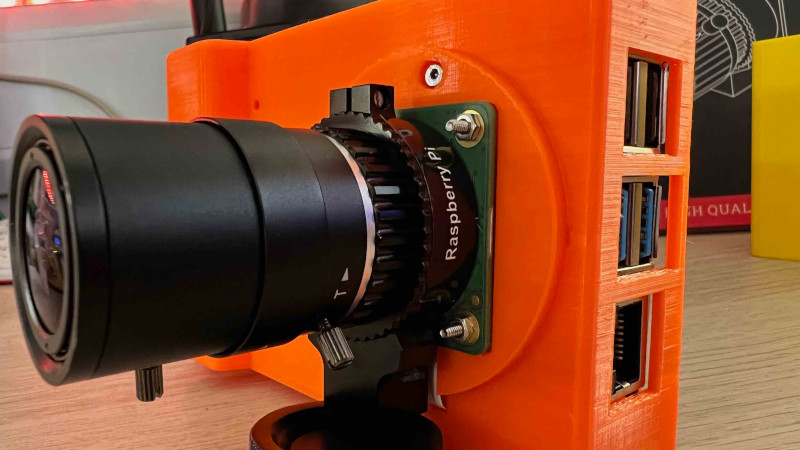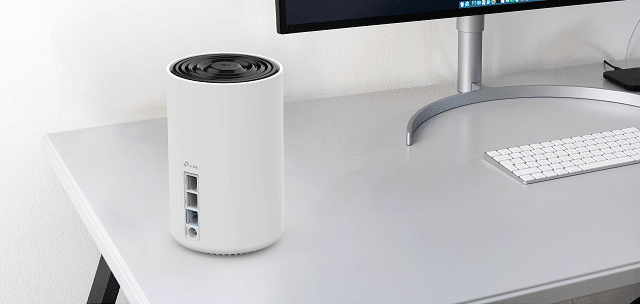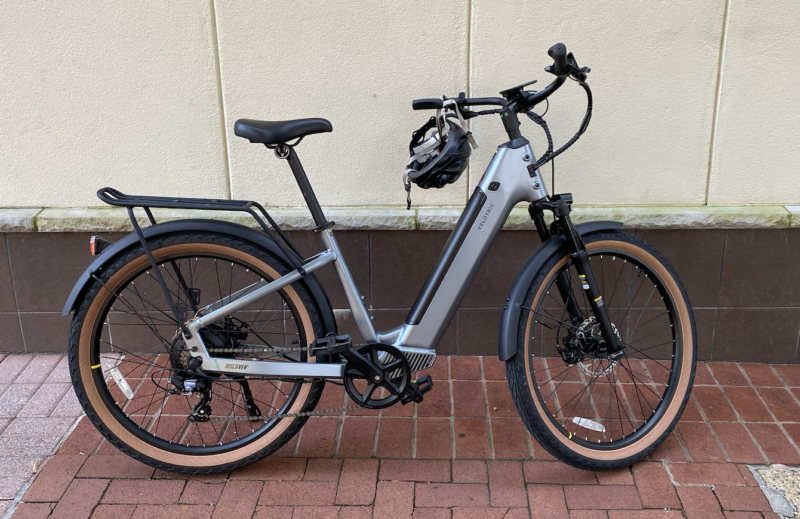
As someone who's not a car person, being told that a new offering is "the Honda Accord of e-bikes" doesn't have a lot of resonance. As near as I can tell, the implication here is that the bike is just a bit more expensive than low-end offerings yet provides something a lot closer to a high-end experience.
Even if that wasn't the intended message, it does seem to be what the bike—the $1,299 Velotric Discover 1—delivers. There's nothing especially exciting about the ride, and the bike won't turn heads or invite questions. But in terms of the overall experience, it delivers something a bit closer to a high-end e-bike at a cost that's much closer to a no-frills budget option.
What you get
The Discover 1 has a standard U-shaped frame. There's no top bar, which makes getting on and off the seat simpler—and easier for people with limited mobility. If, like me, you have been irreversibly trained to throw your leg over the top bar when getting on a bike, it will lead to awkward moments halfway through the process where you realize you don't need to complete the movements your brain has just automatically started. In any case, the lack of a top bar means that the bike's other tubes and joints have to be significantly stronger to maintain a stable frame. This produces a pretty heavy bike unless you move up in price to where carbon fiber is an option—and it's not for the Velotric.
The weight of the Discover 1's frame demands decent power from both the motor and the brakes, and Velotric delivers. Strong disk brakes provide lots of stopping power, and the front suspension soaks up some of the forces of rapid braking. Meanwhile, the 500 W motor offers enough torque (65 Newton-meters) to not only get the bike moving but keep it moving on reasonable slopes. You can find hills that will overwhelm the pedal assist and slow you to a halt, but you have to go looking for them.
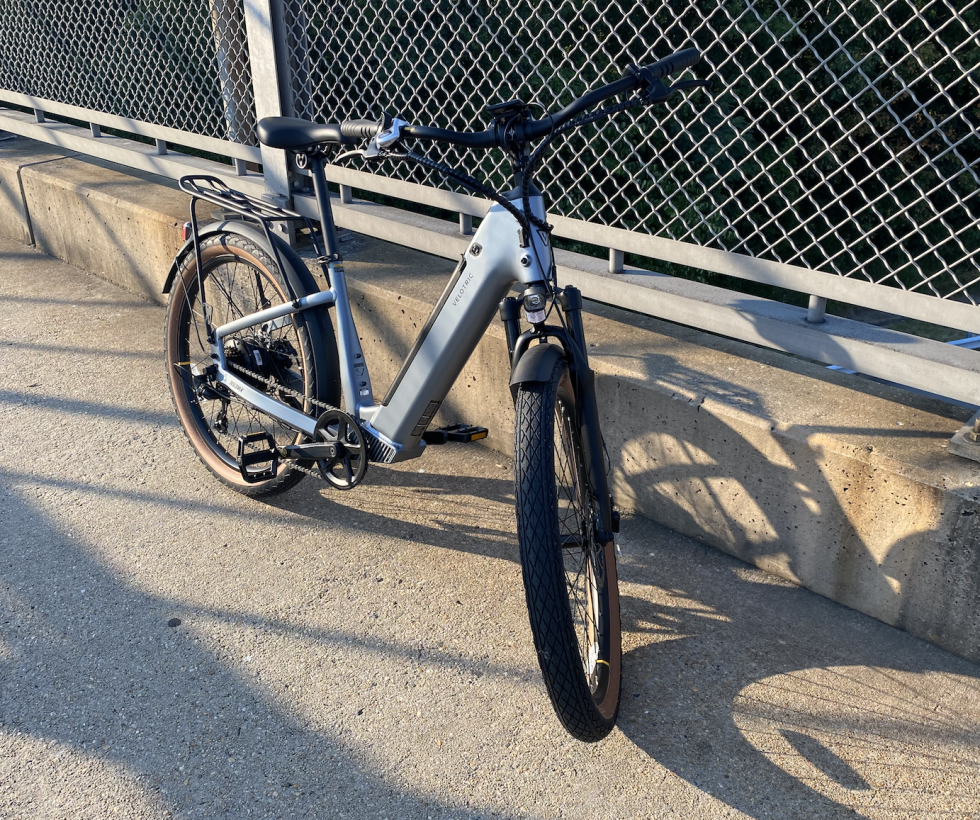
The motor is paired with a battery that delivers just under 700 Wh, enough to get you 70 km (45 miles) of range without any pedaling; pedal assist boosts the promised range to nearly 100 km (60 miles). If you're just using the bike for running errands around town, you probably only need to charge it once a week. The Discover 1 offers a decent-sized LCD screen that provides a clear, intuitive display of stats like battery level and speed. Two buttons give access to different levels of electric assist and let you turn the lights on and off. A power button and throttle for pedal-free power round out the electronics.
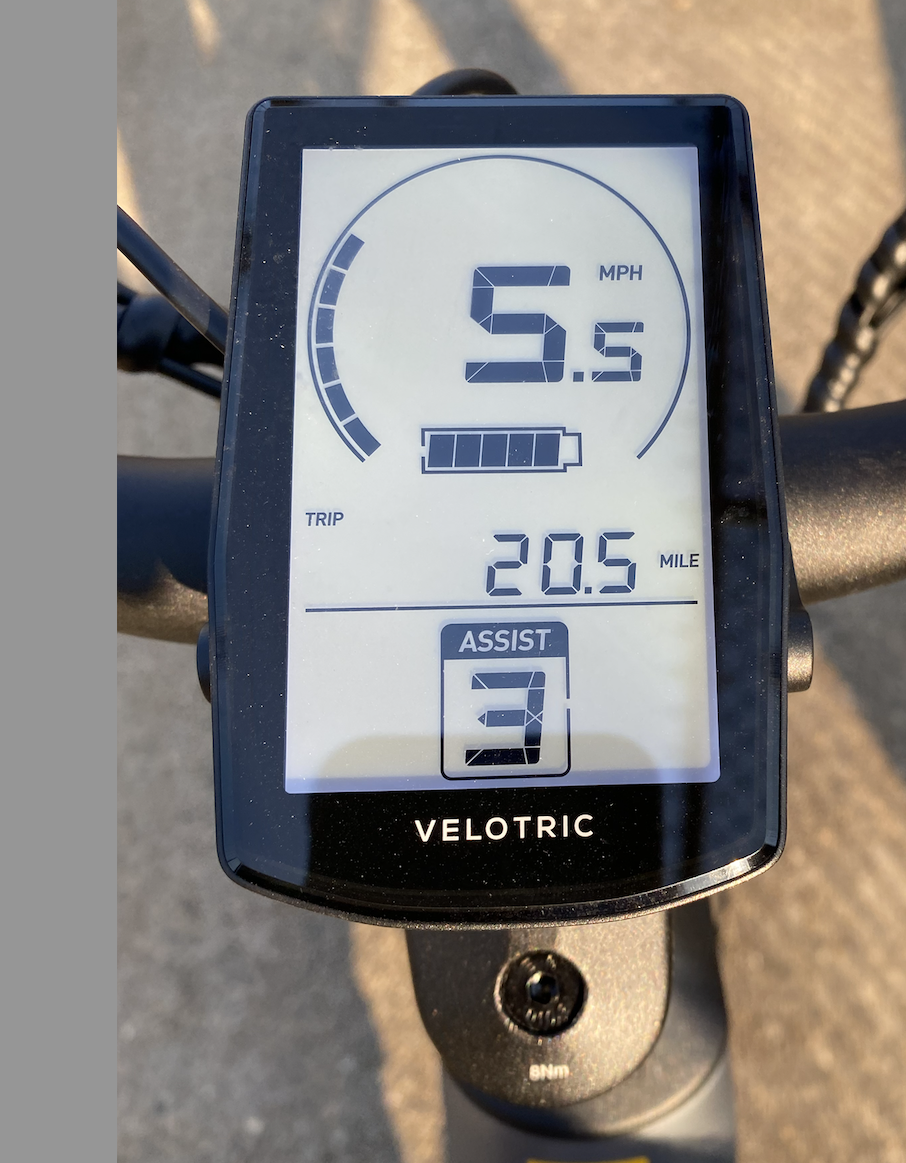
Niceties that some companies charge extra for, like fenders, a rack, and a kickstand, are all part of the standard package. The tires are big and fat; combined with the front suspension, they make the ride comfortable, even on questionable pavement.
But for me, the standout feature was the bike's gears—seven of them on a rear derailleur. The previous three bikes I've tested (not all of them budget models) offered fixed gearing, and there are plenty of circumstances where that's perfectly fine. But the Velotric provided a reminder that there are also plenty of situations where it's not. More generally, gearing gives you a lot of flexibility to tune your ride to anything from exercise to relaxation. For me, the presence of gearing alone was nearly enough to justify the several-hundred-dollar difference between the Discover 1 and budget e-bikes.
The experience
The Discover 1 arrives in a large box and requires some assembly. Velotric provides you with a tool pouch that contains everything you need to perform the assembly, but it was a bit more involved than the process for some of the other bikes I've tested. I ran into two glitches during construction. One of the metal fender supports had gotten a bit bent during shipping; since there's not much clearance on the tires, this caused the two to rub until I bent it back. The rear derailleur also needed some adjustments before all seven gears were accessible.
None of these issues should be a problem for anyone who's familiar with basic bike maintenance. But if you're not, it's probably best to plan on getting a bit of help from a local bike shop.
Once assembled, everything about the bike was fuss-free. In the heat of the summer, I mostly had the assist maxed out and did minimal pedaling; the bike easily shot up to its maximum assist speed (about 30 km/hour) and stayed there. But it was always possible to find a combination of gears and assist to get my legs more involved, with "involvement" ranging from "getting serious exercise" to "being vaguely required to exert force."
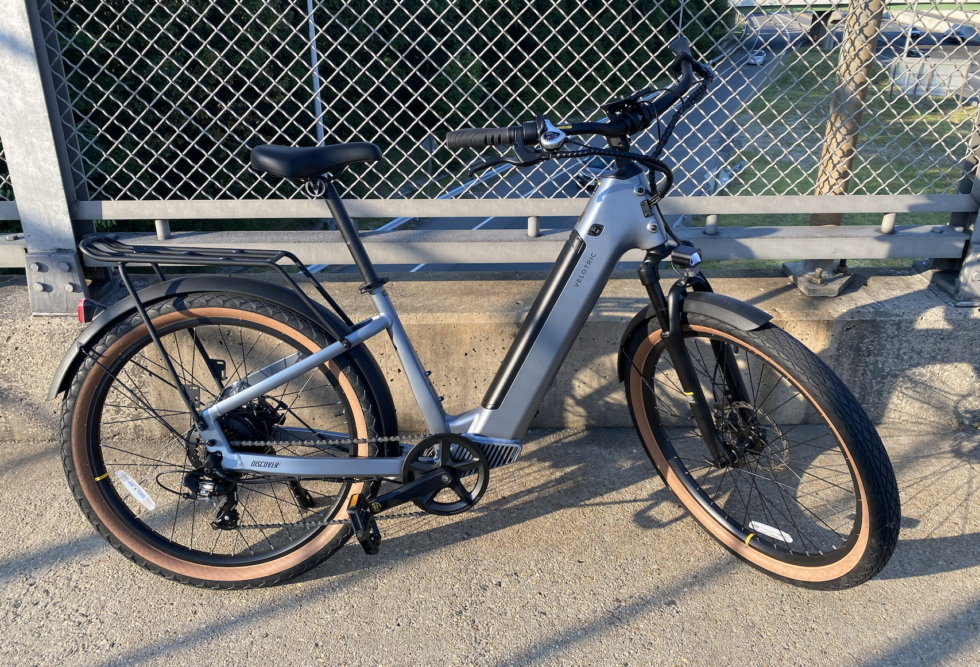
Battery life was never an issue, and the fat tires smoothed over what would be helmet-rattling potholes on a traditional bike. It never provided an especially exciting ride, but the experience was as close to annoyance-free as I've had on an e-bike.
That's not to say I don't have nitpicks. If you use the throttle to accelerate away from a stop, the motor cuts out for about half a second as you switch over to pedal-assist, which can be jarring. And as with every other e-bike I've tested, my legs are a bit too long for the maximum seat-pedal distance. It's also a noisy bike. Both the motor and the brakes are pretty audible, and it tends to rattle a bit on rough pavement.
But these are all nitpicks. When it came time to make a quick dash to the grocery store to pick up an item for dinner, there was never any question of "will the whine of the motor bother me too much on the way?" The thoughts tended to be more along the lines of, "Glad I don't have to use the car" and "Parking won't be an issue."
What can I say?
To some extent, Velotric is a victim of its own success here. It set out to make an affordable, high-quality e-bike that has features you'd normally pay a lot more for. And it succeeded to such a degree that there really isn't as much for me to say. There are no huge missing features or major disappointments; it's not trying to awkwardly pioneer a new category of e-bike; it's not setting unrealistic expectations of performance. The bike promises a solid e-bike experience at a good price, and it delivers.
But it's not the perfect bike for everyone, of course. Someone who wants a specific bicycle experience with an electric assist—say a good road or mountain bike—won't get it out of a heavy, U-shaped frame. That frame will never win many style points, either, so if aesthetics matter to you, you may want to look elsewhere.
But if you want an easier commute or a car alternative for running errands, the Discover 1 will definitely provide that. It can help ease cyclists into longer rides on bike paths or gravel trails. You may not fall in love with the ride, but you'll probably never end up disliking it. Maybe that's the Honda Accord experience?
No gimmicks, no problems: The low-fuss, reasonably priced e-bike - Ars Technica
Read More





